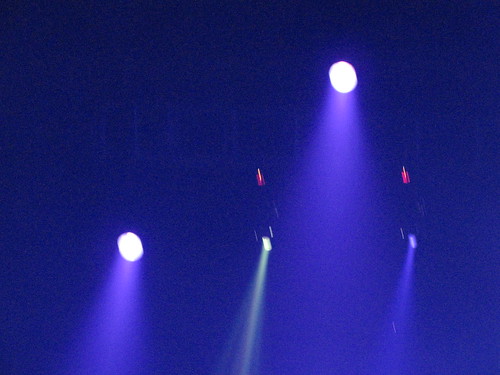Free Backgrounds For Photos Biography
First camera photography (1820s)Invented in the first decades of the 19th century, photography seemed able to capture more detail and information than traditional mediums, such as painting and sculpting. Photography as a usable process goes back to the 1820s with the development of chemical photography. The first permanent photoetching was an image produced in 1822 by the French inventor Nicéphore Niépce, but it was destroyed by a later attempt to duplicate it. Niépce was successful again in 1825. He made the first permanent photograph from nature with a camera obscura in 1826.
Photography is the art, science and practice of creating durable images by recording light or other electromagnetic radiation, either chemically by means of a light-sensitive material such as photographic film, or electronically by means of an image sensor. Typically, a lens is used to focus the light reflected or emitted from objects into a real image on the light-sensitive surface inside a camera during a timed exposure. The result in an electronic image sensor is an electrical charge at each pixel, which is electronically processed and stored in a digital image file for subsequent display or processing.
The result in a photographic emulsion is an invisible latent image, which is later chemically developed into a visible image, either negative or positive depending on the purpose of the photographic material and the method of processing. A negative image on film is traditionally used to photographically create a positive image on a paper base, known as a print, either by using an enlarger or by contact printing.
Photography has many uses for business, science, manufacturing art, and recreational purposes.
In 1981, Sony unveiled the first consumer camera to use a charge-coupled device for imaging, eliminating the need for film: the Sony Mavica. While the Mavica saved images to disk, the images were displayed on television, and the camera was not fully digital. In 1991, Kodak unveiled the DCS 100, the first commercially available digital single lens reflex camera. Although its high cost precluded uses other than photojournalism and professional photography, commercial digital photography was born.
Digital imaging uses an electronic image sensor to record the image as a set of electronic data rather than as chemical changes on film. An important difference between digital and chemical photography is that chemical photography resists photo manipulation because it involves film and photographic paper, while digital imaging is a highly manipulative medium. This difference allows for a degree of image post-processing that is comparatively difficult in film-based photography and permits different communicative potentials and applications.
The camera is the image-forming device, and photographic film or a silicon electronic image sensor is the sensing medium. The respective recording medium can be the film itself, or a digital electronic or magnetic memory. Photographers control the camera and lens to "expose" the light recording material (such as film) to the required amount of light to form a "latent image" (on film) or RAW file (in digital cameras) which, after appropriate processing, is converted to a usable image. Digital cameras use an electronic image sensor based on light-sensitive electronics such as charge-coupled device (CCD) or complementary metal-oxide-semiconductor (CMOS) technology. The resulting digital image is stored electronically, but can be reproduced on paper or film.
The camera (or 'camera obscura') is a dark room or chamber from which, as far as possible, all light is excluded except the light that forms the image. The subject being photographed, however, must be illuminated. Cameras can range from small to very large, a whole room that is kept dark while the object to be photographed is in another room where it is properly illuminated. This was common for reproduction photography of flat copy when large film negatives were used.
A general principle known from the birth of photography is that the smaller the camera, the brighter the image. This meant that as soon as photographic materials became sensitive enough to take candid or what were called genre pictures, small detective cameras were used, some of them disguised as a tie pin that was really a lens, as a piece of luggage or even a pocket watch.
The movie camera is a type of photographic camera which takes a rapid sequence of photographs on strips of film. In contrast to a still camera, which captures a single snapshot at a time, the movie camera takes a series of images, each called a "frame". This is accomplished through an intermittent mechanism. The frames are later played back in a movie projector at a specific speed, called the "frame rate" . While viewing, a person's eyes and brain merge the separate pictures together to create the illusion of motion.
Free Backgrounds For Photos

Free Backgrounds For Photos

Free Backgrounds For Photos

Free Backgrounds For Photos

Free Backgrounds For Photos

Free Backgrounds For Photos

Free Backgrounds For Photos

Free Backgrounds For Photos

Free Backgrounds For Photos

Free Backgrounds For Photos

Free Backgrounds For Photos

Free Backgrounds For Photos
 Free Backgrounds For Photos
Free Backgrounds For Photos

No comments:
Post a Comment